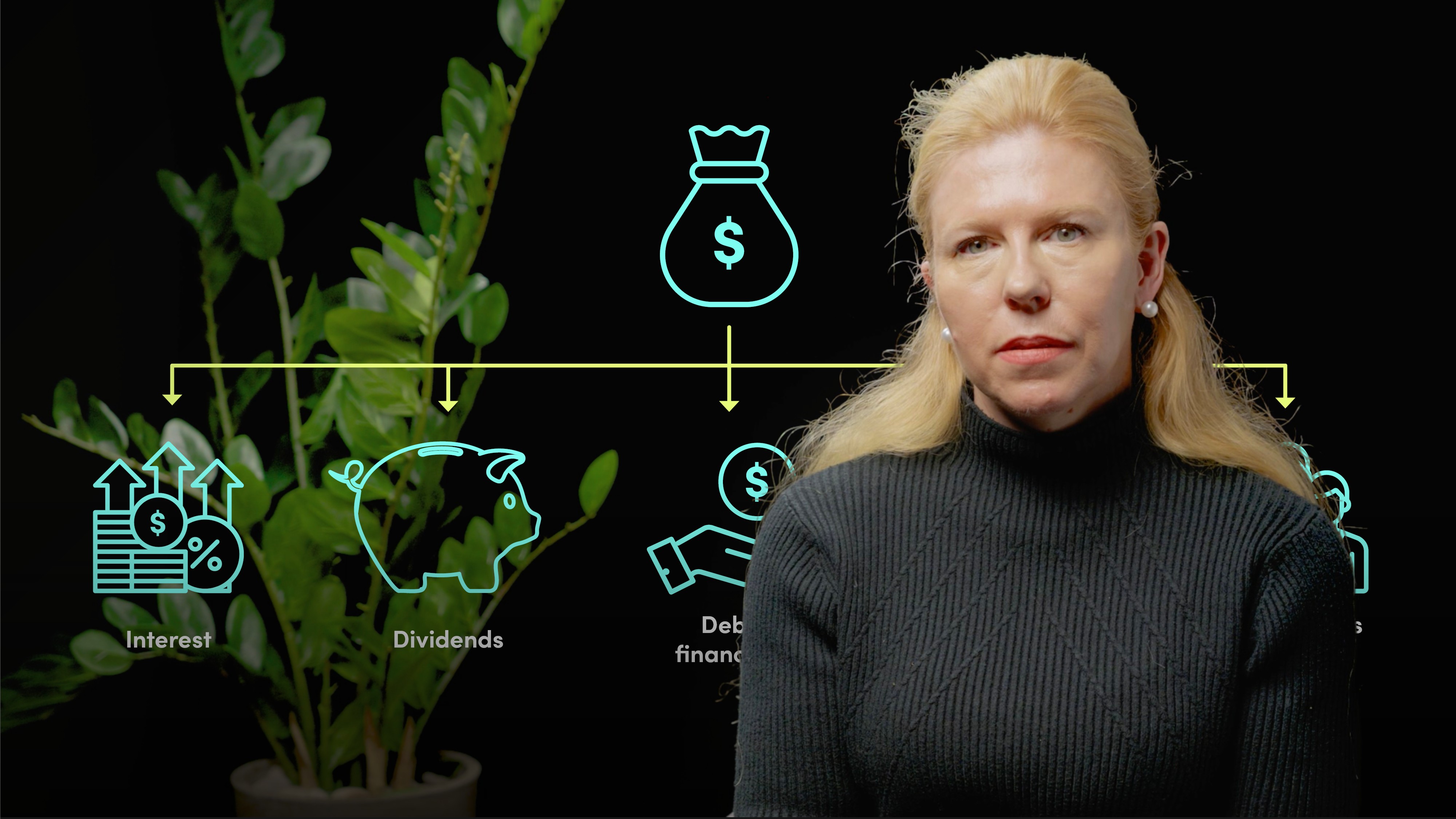
OPAT, Free Cash Flow and Terminal Value

Sarah Martin
30 years: Corporate Valuations
In this video, Sarah Martin delves into the practical application, or the mechanics of Discounted Cash Flow (DCF) valuations. She covers how it works and focuses on when it's appropriate to use this methodology.also introduces key DCF components, including the calculation of operating profit after tax (OPAT), unlevered free cash flow, and the terminal value.
In this video, Sarah Martin delves into the practical application, or the mechanics of Discounted Cash Flow (DCF) valuations. She covers how it works and focuses on when it's appropriate to use this methodology.also introduces key DCF components, including the calculation of operating profit after tax (OPAT), unlevered free cash flow, and the terminal value.

OPAT, Free Cash Flow and Terminal Value
9 mins 11 secs
Key learning objectives:
Understand the practical applications of DCF valuations and appropriate situations to use it
Understand the calculation of operating profit after tax (OPAT) and its role in DCF valuations
Understand how to calculate unlevered free cash flow and its significance in DCF analysis
Understand what is the terminal value of a firm and how to calculate it in DCF valuations
Overview:
DCF proves versatile, applicable across diverse valuation scenarios, offering sellers the potential to enhance equity value strategically. However, it still does have constraints in situations reliant on non-cash movements or during cyclical downturns. To understand this, it is important to study the key DCF components, including the calculation of operating profit after tax (OPAT), unlevered free cash flow, and the terminal value.
What are the key components of a DCF valuation and how can we derive them?
- Calculating Operating Profit After Tax (OPAT) - The calculation of forecast operating profit after tax (OPAT), which is derived from EBIT with zero assumed interest charges. This adjusted metric serves as a basis for DCF valuation, and its full tax charge is used in the valuation process. The incorporation of a tax shield to address the assumed absence of interest charges.
- Calculating Unlevered Free Cash Flow - Unlevered free cash flow, also known as cash flow to the firm, represents the cash available to all capital providers. The basic steps to calculate unlevered free cash flow are: Starting with OPAT, Adjusting for non-cash items, Reflecting the cash impact of net working capital changes, and deducting capital spending.
- Calculating the Terminal Value - The calculation of the terminal value usually involves one of three common methods
- Assuming a sale of the firm using an EBITDA multiple
- Utilising the perpetuity formula for long-term corporate investments
- Assuming a zero or negative terminal value for downside or specific project scenarios

Sarah Martin
There are no available Videos from "Sarah Martin"

